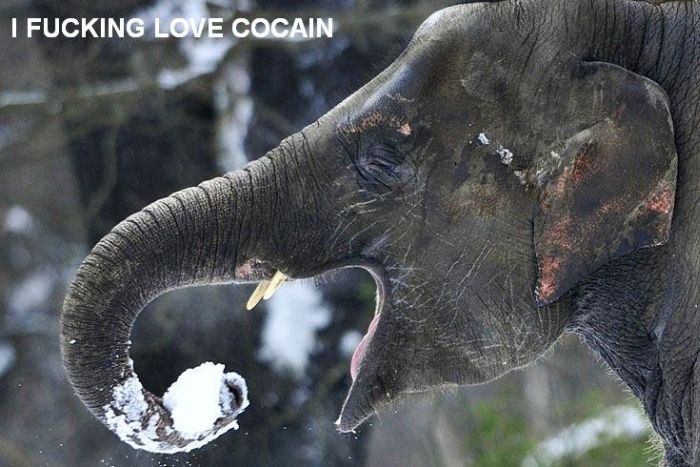|
|
Elephant
|
Tusks
The tusks of an elephant are its second upper incisors. Tusks grow continuously; an adult male's tusks grow about 18 cm (7 in) a year. Tusks are used to dig for water, salt, and roots; to debark trees to eat the bark; to dig into baobab trees to get at the pulp inside; and to move trees and branches when clearing a path. In addition, they are used for marking trees to establish territory, and occasionally as weapons.
Like humans who are typically right- or left-handed, elephants are usually right- or left-tusked. The dominant tusk, called the master tusk, is generally shorter and more rounded at the tip from wear. Both male and female African elephants have large tusks that can reach over 3 m (10 ft) in length and weigh over 90 kg (200 lb). In the Asian species, only the males have large tusks. Female Asians have tusks which are very small or absent altogether. Asian males can have tusks as long as the much larger Africans, but they are usually much slimmer and lighter; the heaviest recorded is 39 kg (86 lb). The tusk of both species is mostly made of calcium phosphate in the form of apatite. As a piece of living tissue, it is relatively soft (compared with other minerals such as rock), and the tusk, also known as ivory, is strongly favoured by artists for its carvability. The desire for elephant ivory has been one of the major factors in the reduction of the world's elephant population.
|
|









